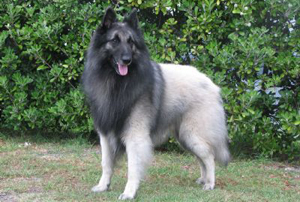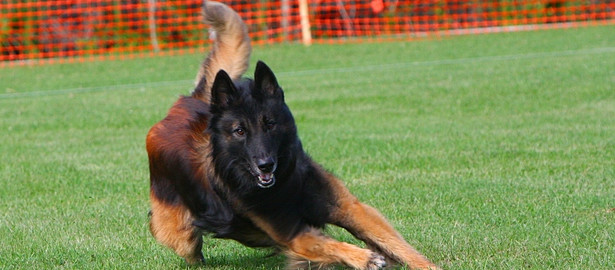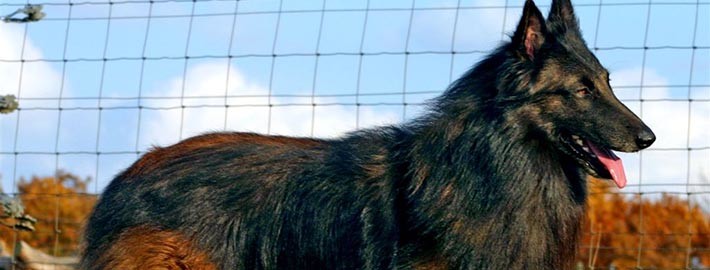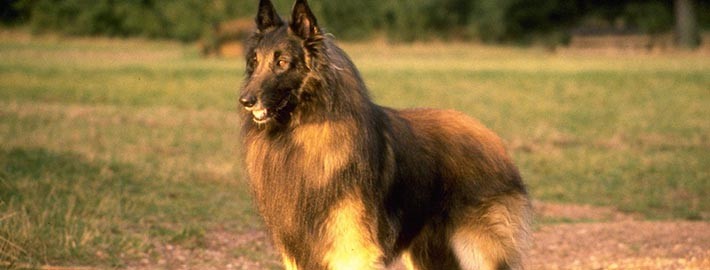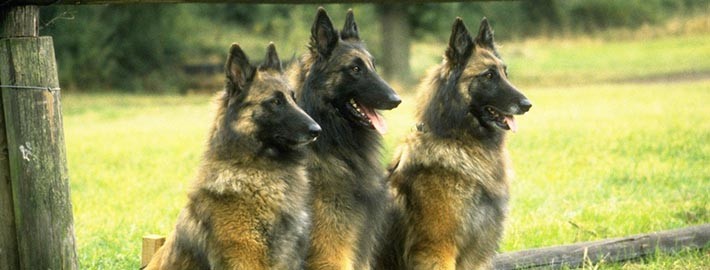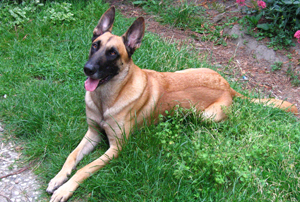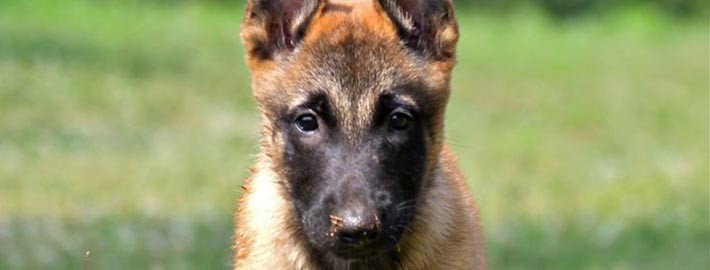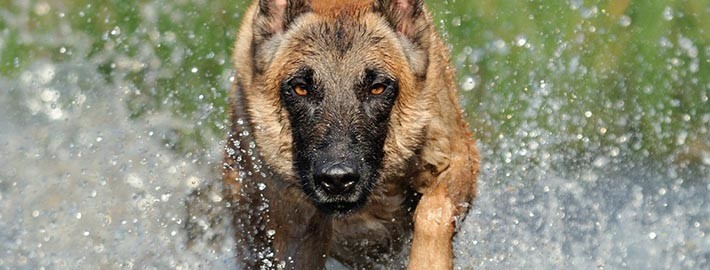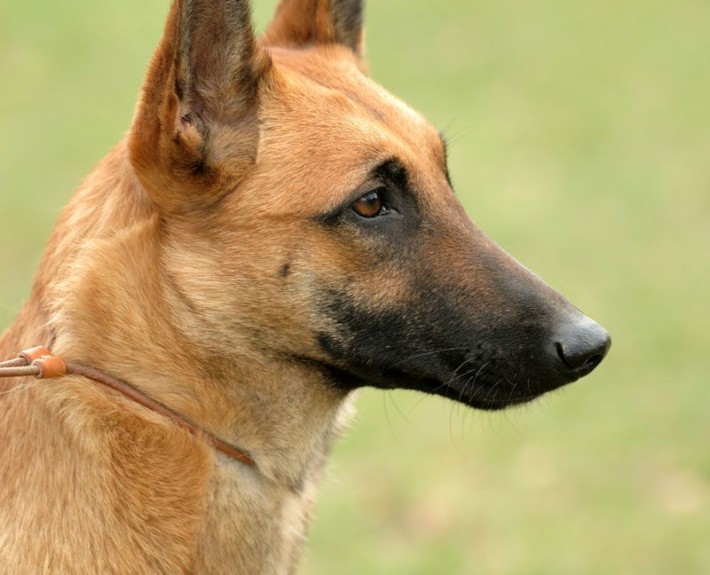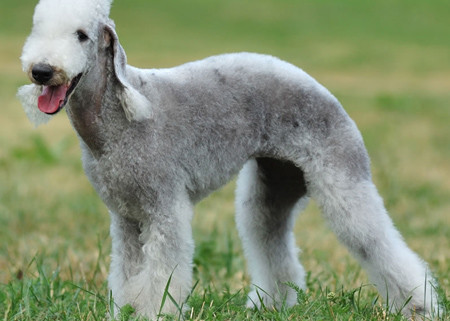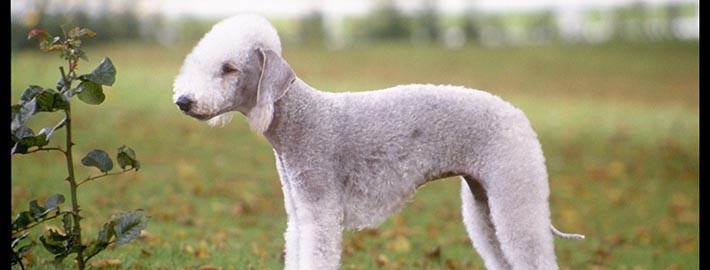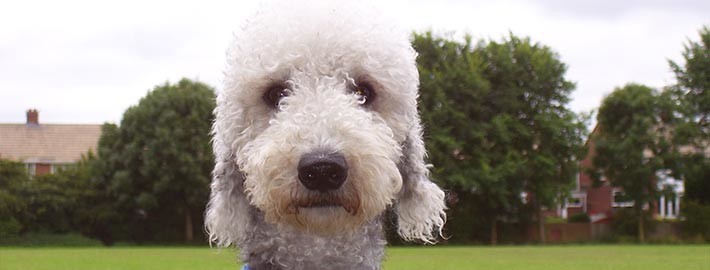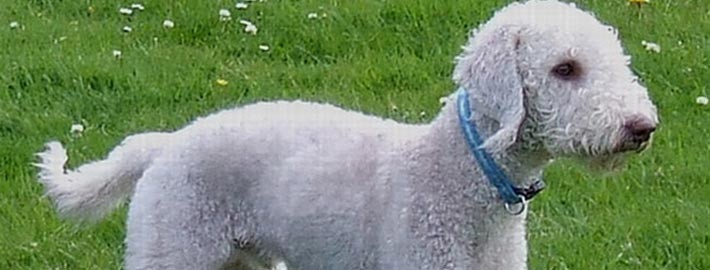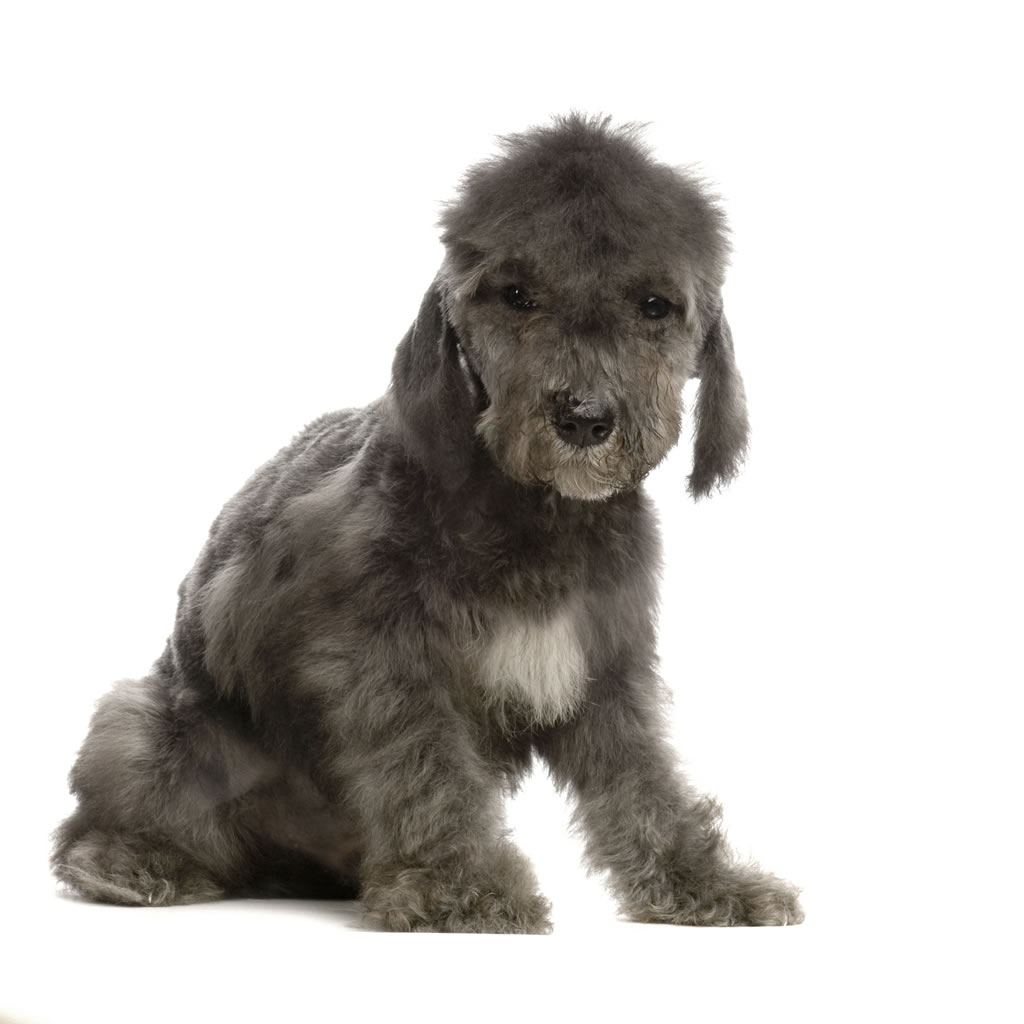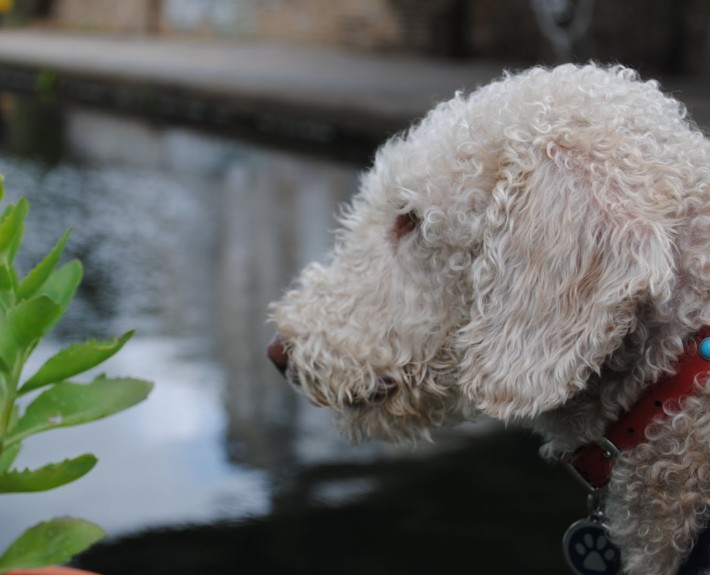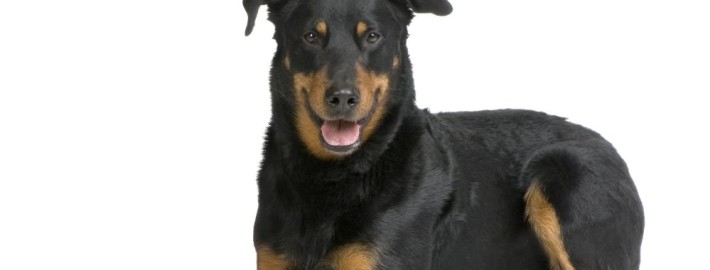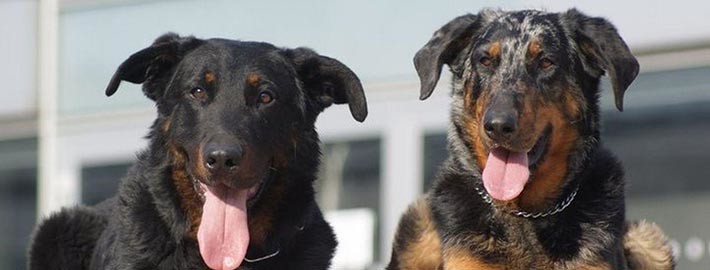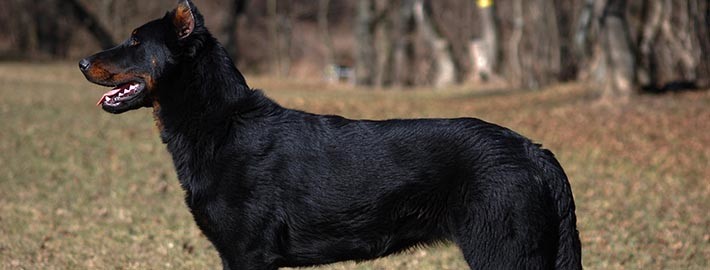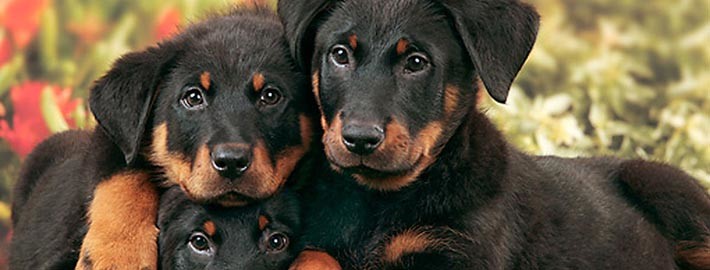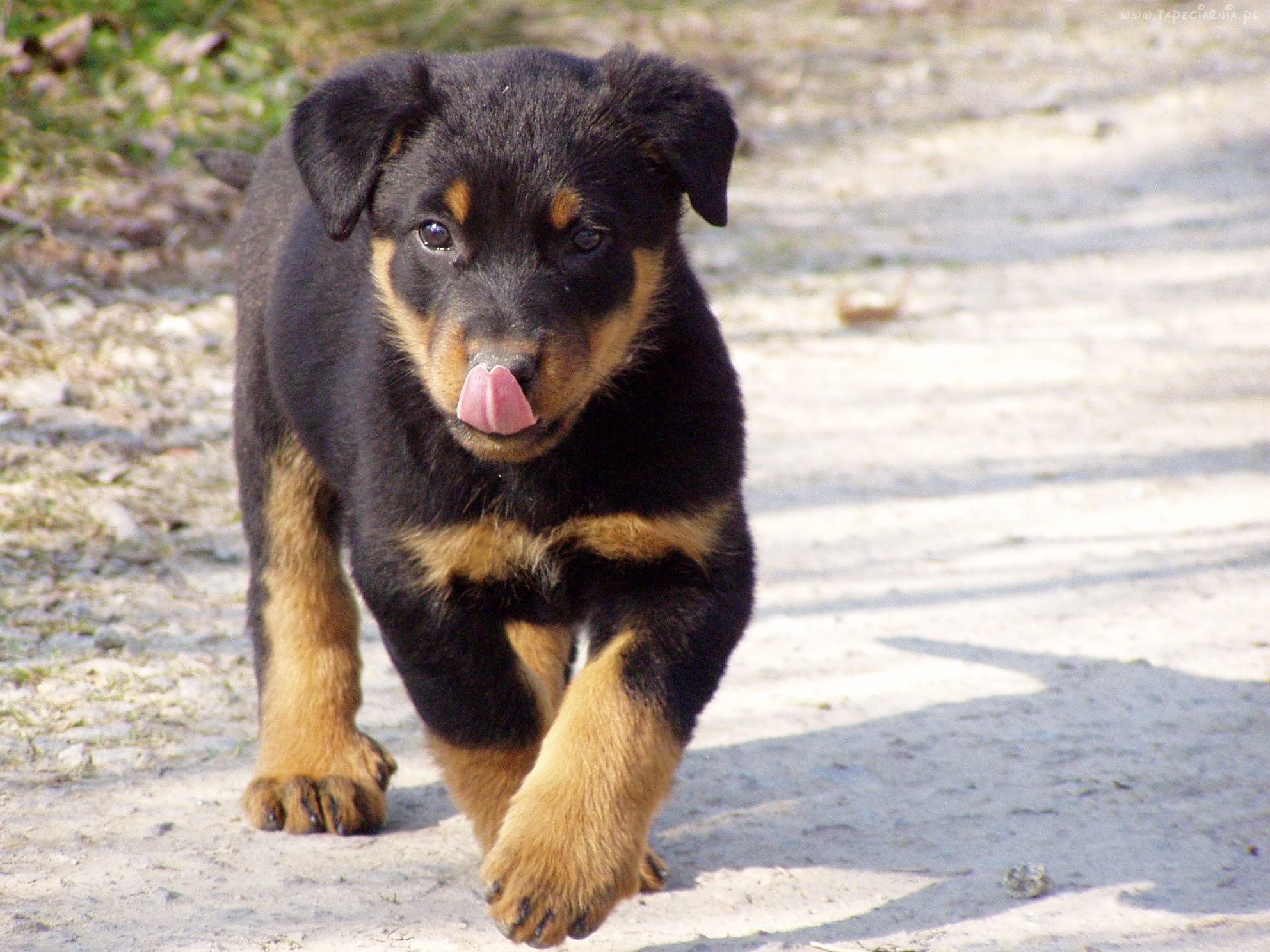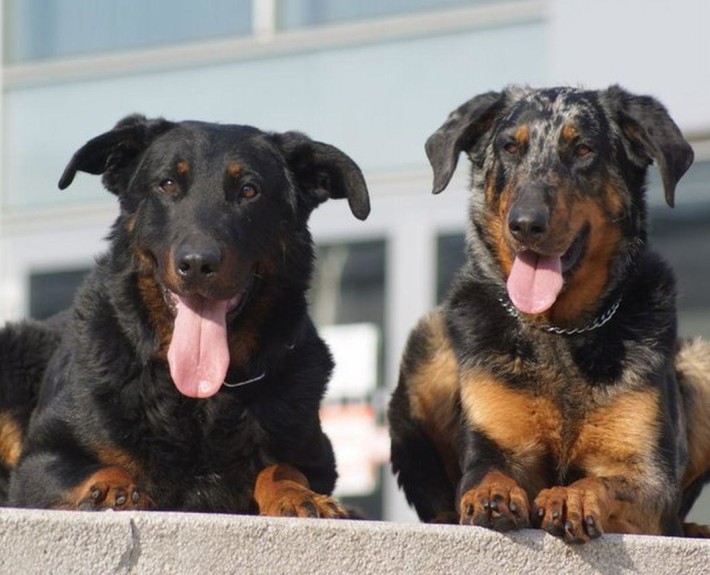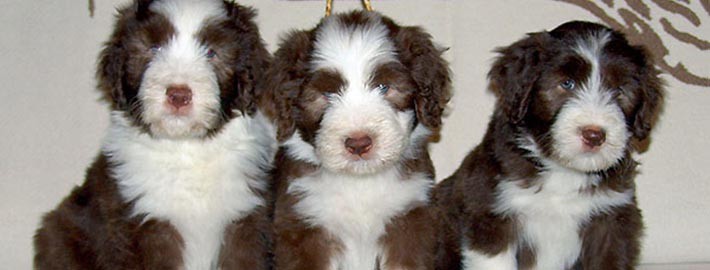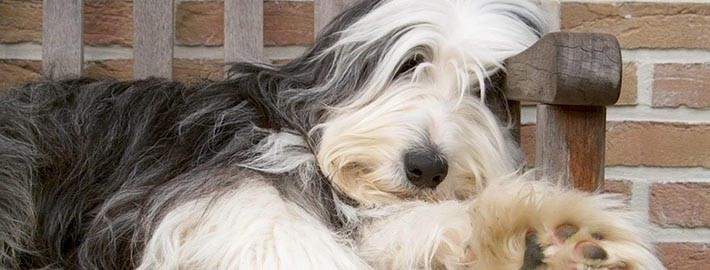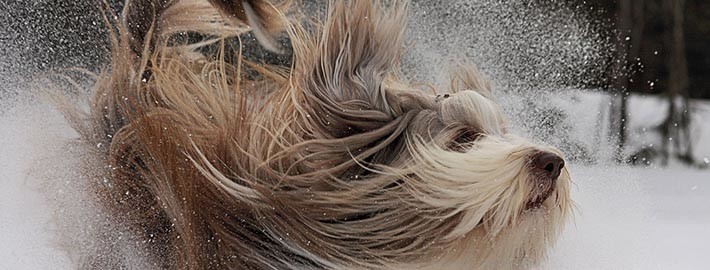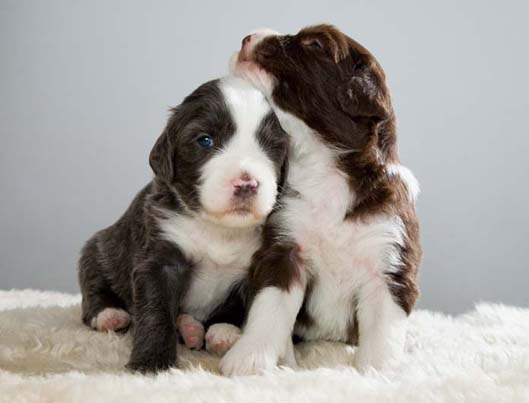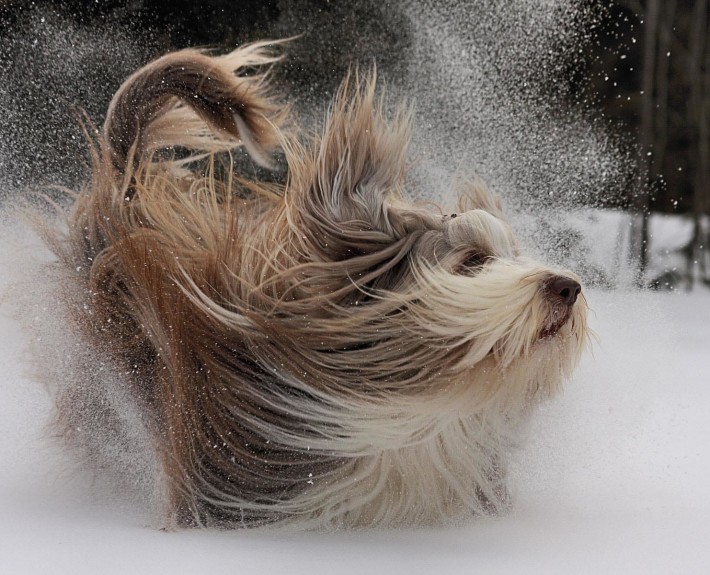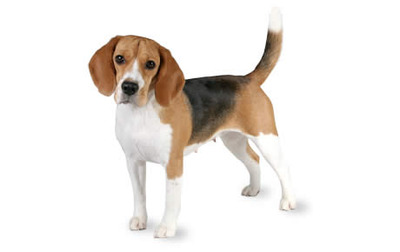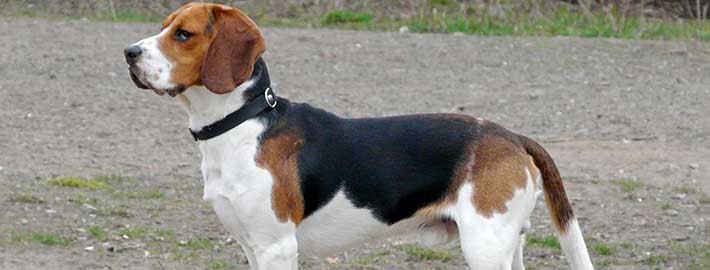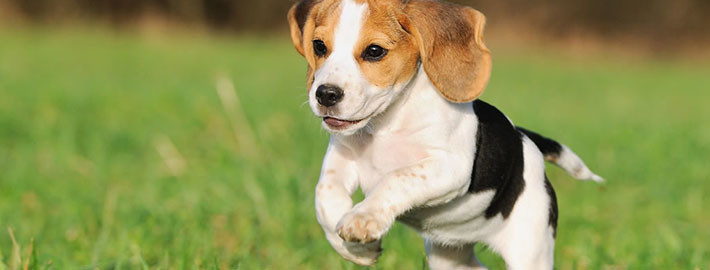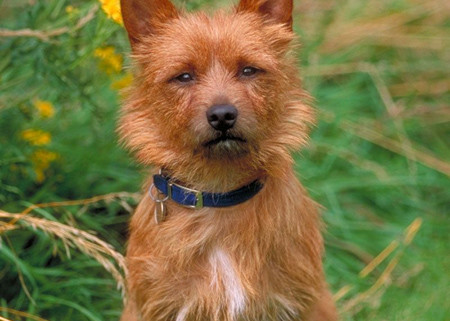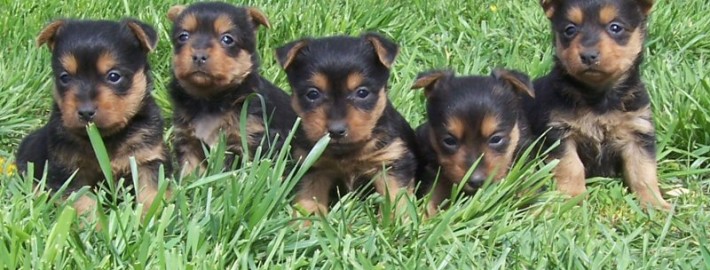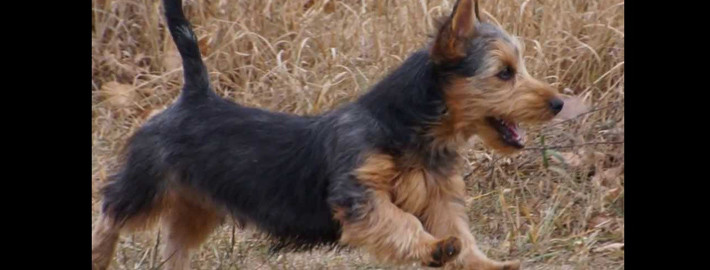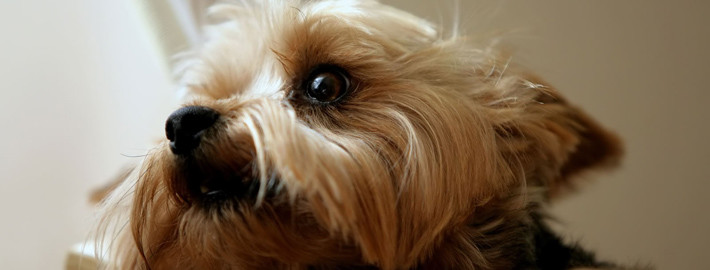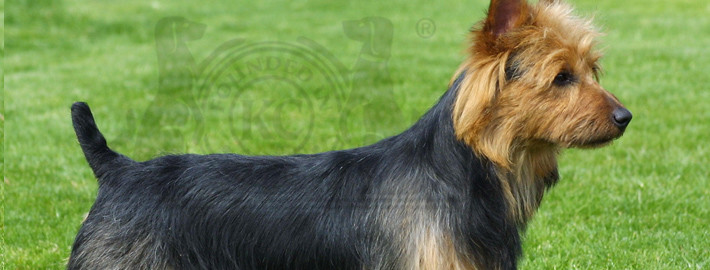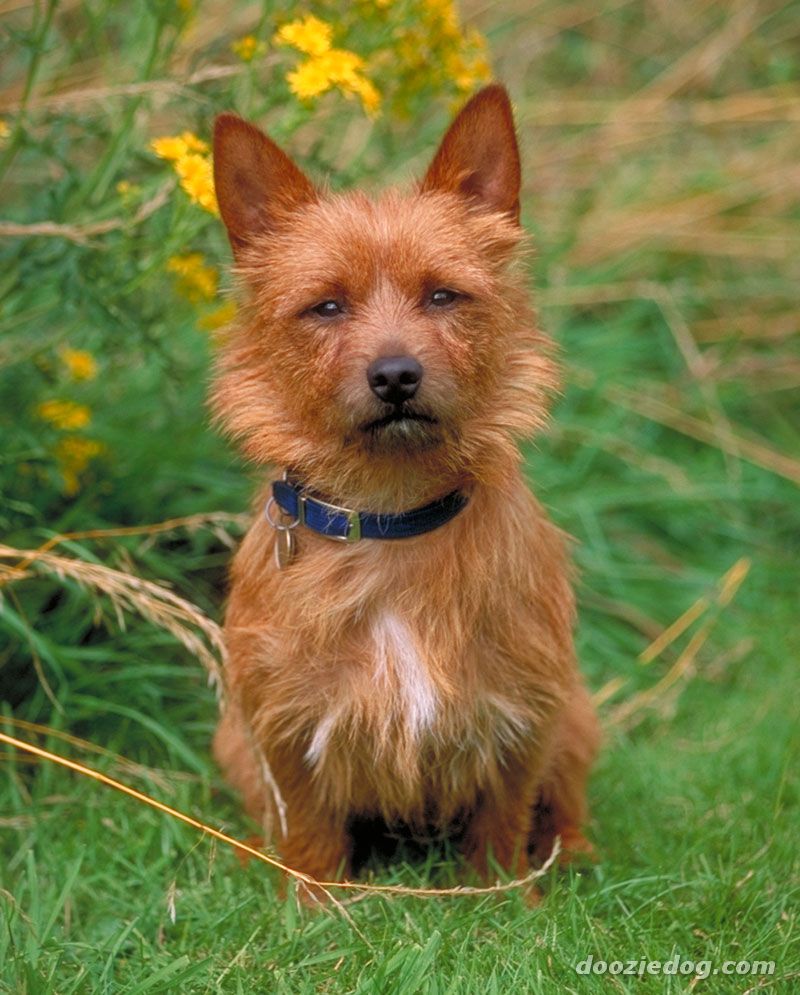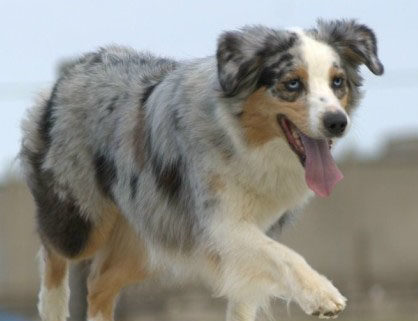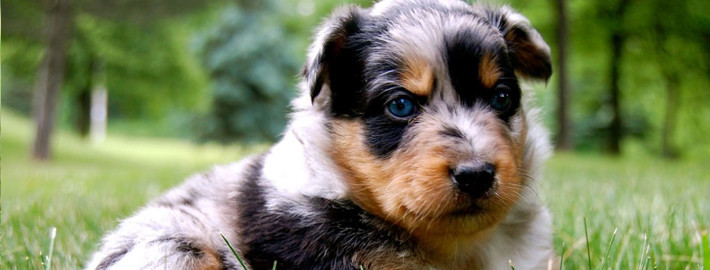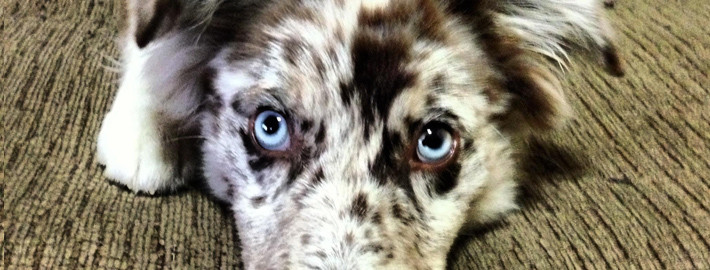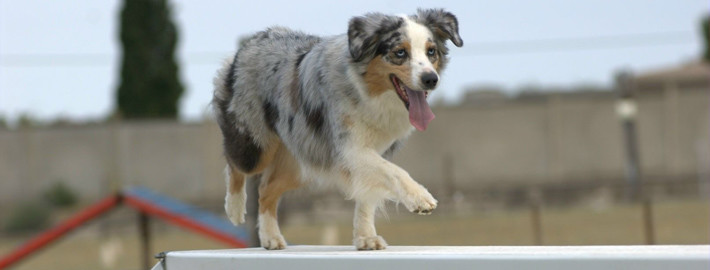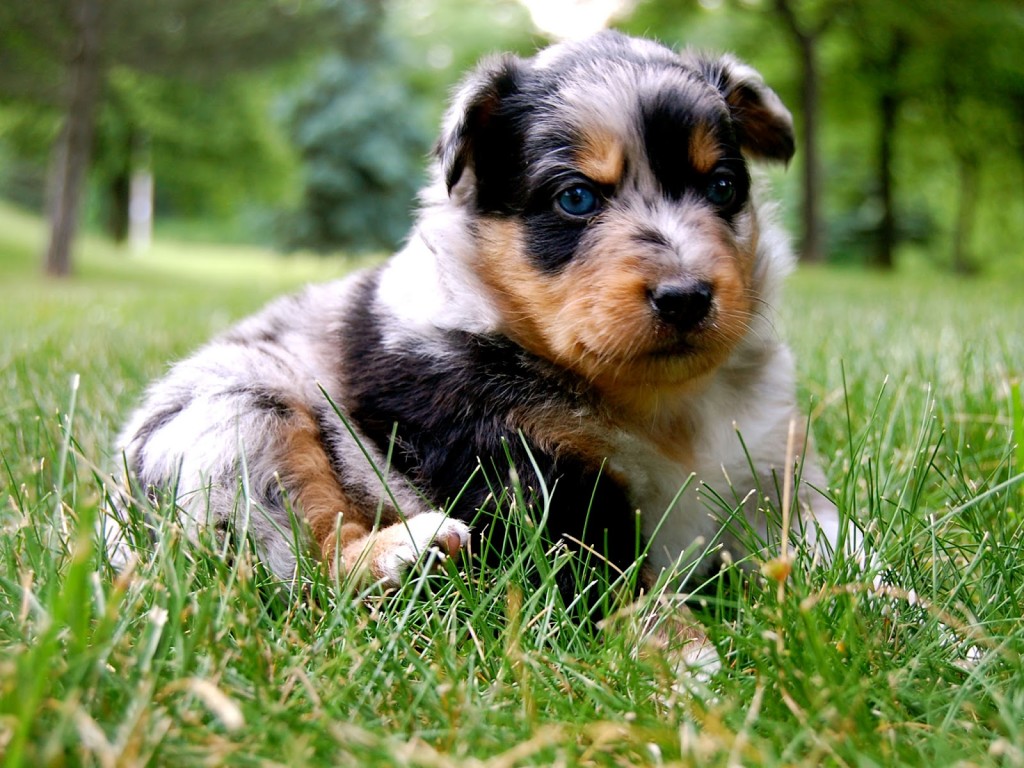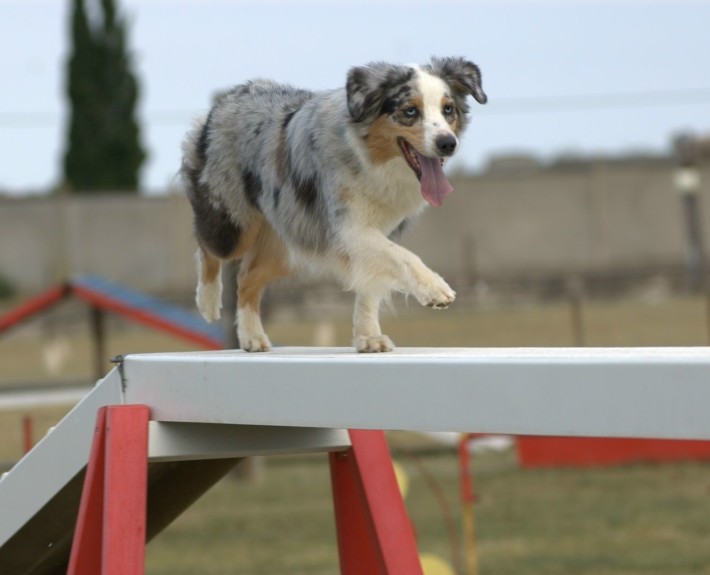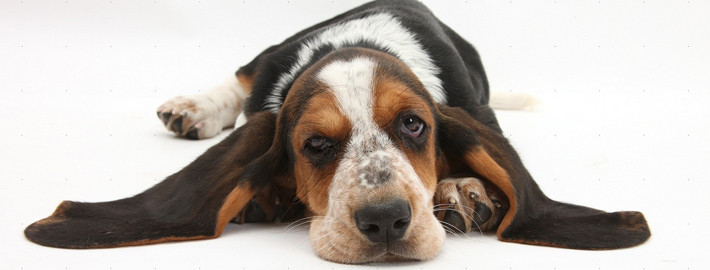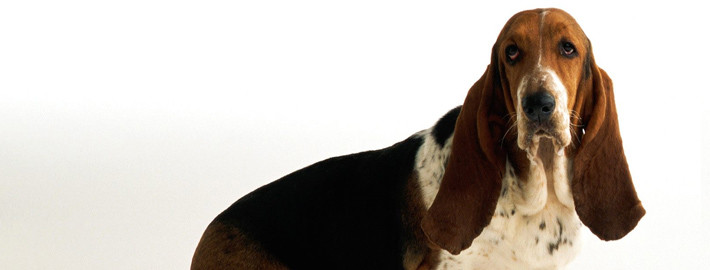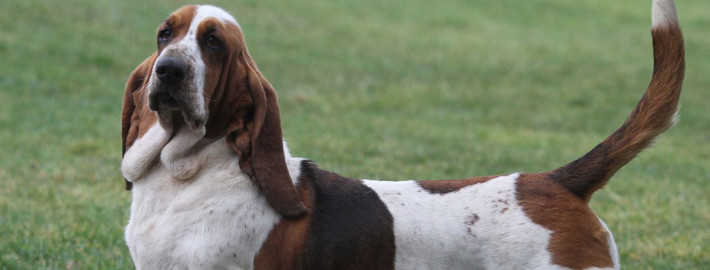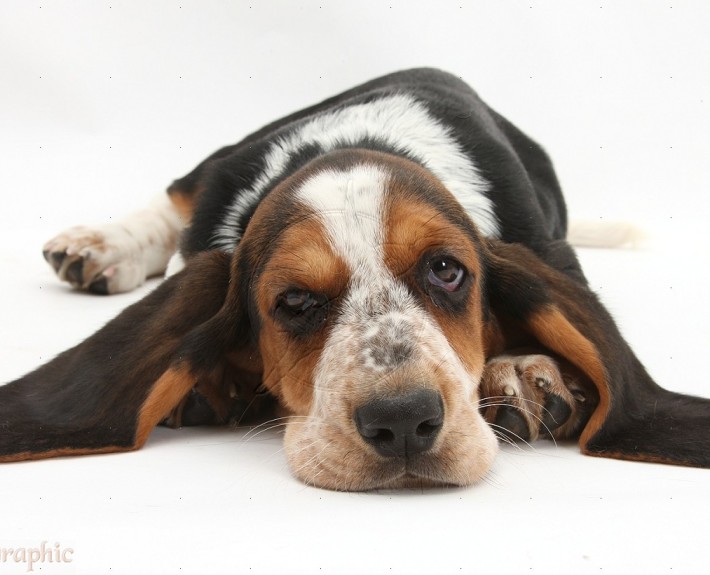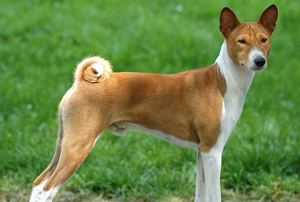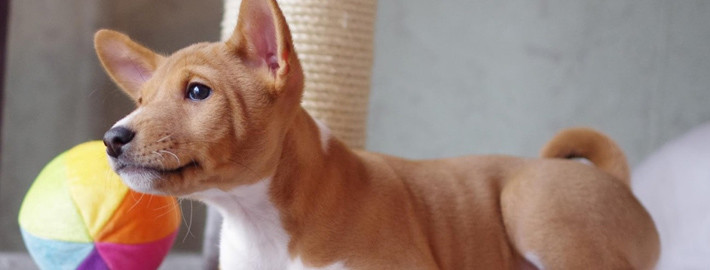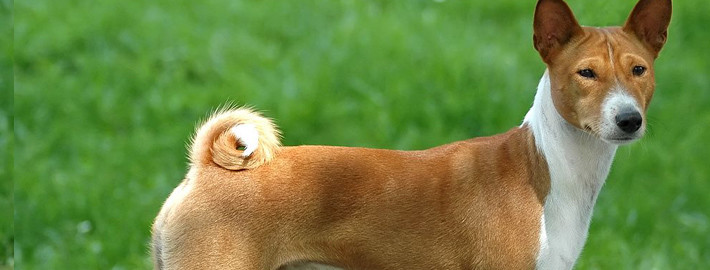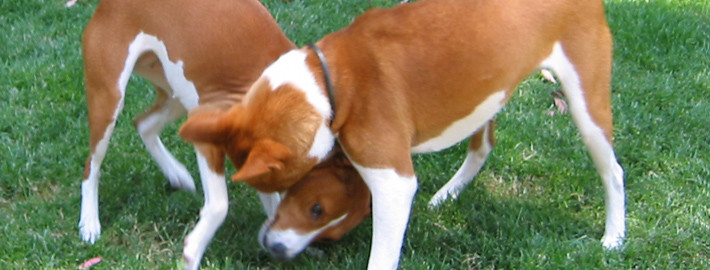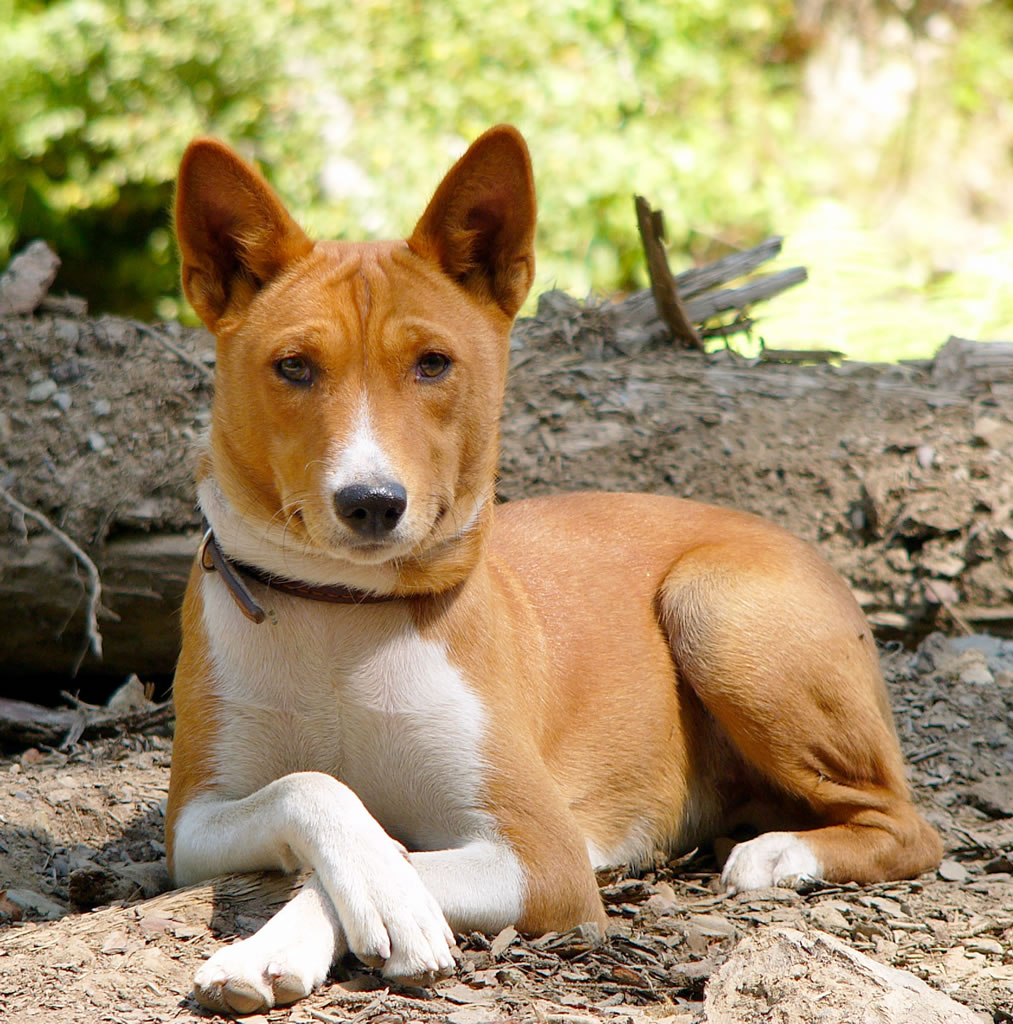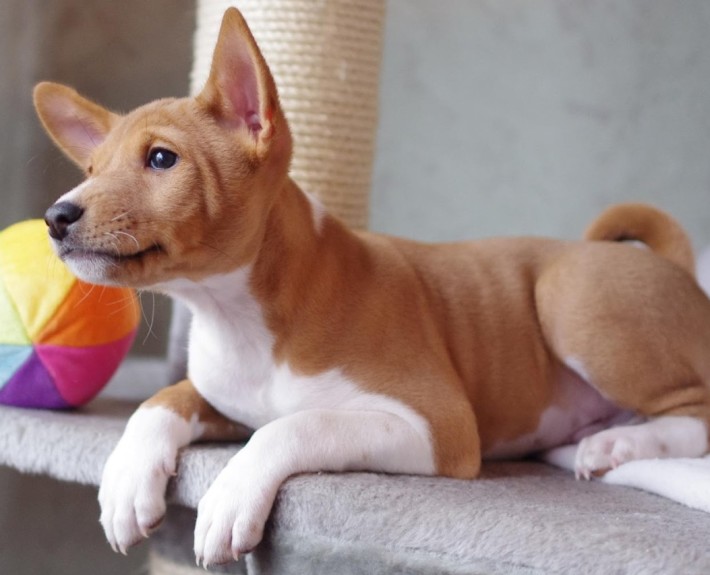Belgian Shepherd Tervuren
Belgian Shepherd Tervuren – Chiens De Berger
What makes the Belgian Tervuren Unique?
The Tervuren Belgian Shepherds have a lengthy history that serves to illustrate their usefulness. Though they were originally bred to watch over sheep, these dogs have held numerous positions throughout the years and are now quite popular as show dogs.
Page Contents
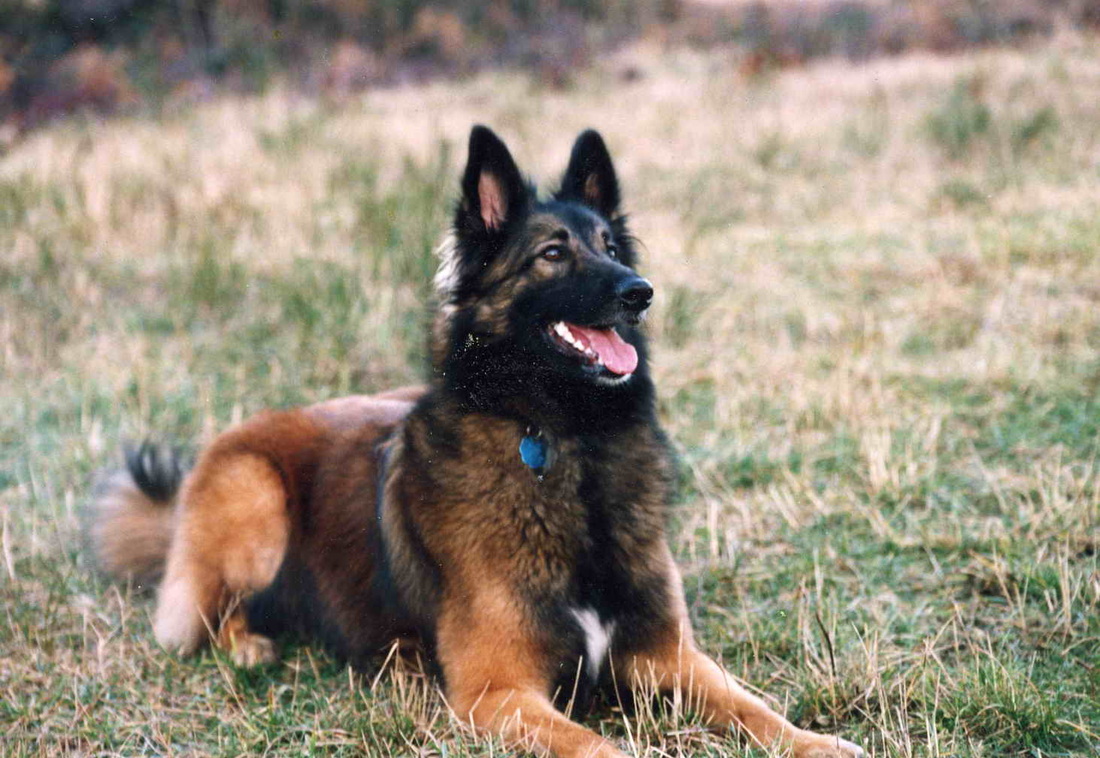
SnapShot
| Size | Males – 60 to 66 cm (24 to 26 inches) Females – 56 to 62 cm (22 to 24 inches) |
| Weight: | Males – 25 to 30 kg (55.1 to 66.1 pounds) Females – 20 to 25 kg (44.1 to 55.1 pounds) |
| Origin: | Belgium |
| Life Span: | 12 – 14 Years |
| Colour: | Mahogany & Black, Black & Cream, Fawn & Black, Brindle, Black, Fawn & Liver |
| Litter Size: | 6 to 10 puppies |
Is the Belgian Tervuren Right For You?
The Tervuren is an active and dependable companion that functions best when given daily mental and physical exercise. It enjoys playing and running outside, and can be a well-mannered companion inside as long as it is given sufficient exercise. It is smart and obedient, but independent. It is aloof with strangers and can be aggressive toward other dogs and animals. It may nip at the heels of children in an attempt to herd them.
Like all four of the Belgian Shepherds, the Tervuren is a medium-sized, square-proportioned dog in the Herding dog group. Males stand between 24 and 26 inches, and weigh approximately 65 lb. Bitches are finer and smaller. It is recognized by its thick double coat, generally mahogany with varying degrees of black overlay (completely missing overlay on males is a serious fault), including a black mask. A small patch of white on the chest is permissible, as well as white tips on toes
In 5 Words
- Alert
- Docile
- Friendly
- Responsive
- Courgeuos
Characteristics
Learn About the Belgian Tervuren
General Description
As is typical of Belgian Shepherds, the Tervuren is a square-shaped dog of medium stature with a thick double-coat. Members of this breed are generally a mahogany hue with black overlays and a black mask. These dogs can have small patches of white on the chest and on the tips of their toes. Tervurens’ brown eyes will often show their inquisitive and intelligent personalities. Although these dogs prefer to move in circles rather than in straight lines, they nonetheless exhibit lively and graceful movements.
Size
Male of this breed should ideally stand between 24 and 26 inches at the withers. They also should weigh approximately 65 pounds (29 kilograms). Females Tervurens have finer bone structures than their male contemporaries and should ideally measure between 22 and 24 inches at the withers.
Coat
Tervurens are typically brown and black, but they may also be sable or grey. However, grey and sable dogs are penalized in show rings in some parts of the world. Though the preference is for mahogany and fawn coats, the Fédération Cynologique Internationale (FCI) permits these colorations but the much stricter AKC does not.
Short History of the Belgian Tervuren
In the late 1800s, four different breeds of shepherd dogs were created in the country of Belgium. One of these was the Tervuren. The others were the Malinois, the Laekenois, and the Groenendael. Ninety-one years later, the Club du Chien de Berger Belge (Belgian Shepherd Dog Club) was created to determine which shepherd dogs displayed the traits that were native to the area. It was decided that medium-size dogs with well-set triangular ears and dark brown eyes were the main breed. The only significant difference between the four types involved the color, texture, and length of their coats.
In 1892, the first Belgian Shepherd dog standard was composed. This document recognize three distinct dog variations: short haired, long haired, and rough haired. The breed was formally recognized by 1901, though the different types were all classed together at shows. Eventually, the Belgian Shepherds were split up once more. A noteworthy dogs lived in the village of Tervuren and the name was selected to denote one of the new Belgian Shepherd varieties.
Historically, members of this breed have been used as draught and guard dogs. A number of them also worked for the Belgian police force. During the First World War, Belgian Tervuren Shepherds helped the troops by conveying messages, pulling ambulance carts, and hauling light machine gun carts. They also served as Red Cross dogs.
After World War II, the Belgian Shepherds that ended up in the show ring often earned prizes at international competitions. Nonetheless, the Tervuren breed did not become popular in America until the 1950s. Tervurens were declared a separate entity from other Belgian Shepherds in 1959. The American Belgian Tervuren Club was created a year later.
Of the 155 breeds recognized by the AKC, Tervurens are currently ranked 107th . This talented herding breed can hold their own in the show ring, where they are quite popular. Owners who are interested in showing their dogs should note that the American Kennel Club (AKC) recognizes all but one of the Belgian Shepherd types as individual breeds, but the United Kennel Club recognized all four breeds together.
Temperament
These highly energetic dogs are at their best when provided with sufficient mental and physical exercise. They love to play outside and run around, but they also need long, frequent walks. This intelligent breed tends to excell at various dog sports such as flyball and tracking. However, Tervurens are only recommended for families that have the stamina to keep up with them.
Tervurens are also known to be standoffish around strangers, but they will shadow members of their human families. Aside from attempting to herd kids by nipping at their heels, these dogs are generally good with children. Tervurens who are socialized as puppies may be more accepting of other dogs and pets, but this breed tends to be aggressive toward other animals.
Caring for Your Belgian Tervuren
Grooming & Bathing
These dogs should be bathed on an as-needed basis. It may nonetheless be helpful to bathe them when they are shedding. Females shed heavily on a biannual basis and males do the same once a year.
Any mats that form in a dog’s coat will need to immediately be clipped out to prevent further tangles. Tervurens should also have the areas between their toes and on their outer ears trimmed regularly.
Daily
As members of a working breed, these dogs require copious amounts of exercise. They need lengthy, daily walks that are set at a brisk pace. Tervurens will additionally benefit from as much off-leash play as possible in a safe area. Owners should keep in mind that the thick coats on this breed may necessitate a quick daily brushing as well.
Weekly
Pets will need their teeth brushed on a regular basis to prevent both bad breath and the onset of periodontal disease. It is recommended that owner spend at least 15 minutes twice a week making sure these dog’s fur has been completely brushed out in order to prevent mats.
Monthly
As with any breed, Tervurens require flea, heartworm, and tick prevention medication on a monthly basis.
Exercise & Training
This intelligent breed needs to be well socialized when they are young so that they will accept strangers when they get older. These dogs will also benefit from obedience training because they tend to be naturally assertive and may otherwise decide to dominate family members. However, the easily taught Tervurens enjoy having work to do and make a great asset to farm families.
Sources: Previously written materials, Wikipedia, American Kennel Club, Vetstreet

